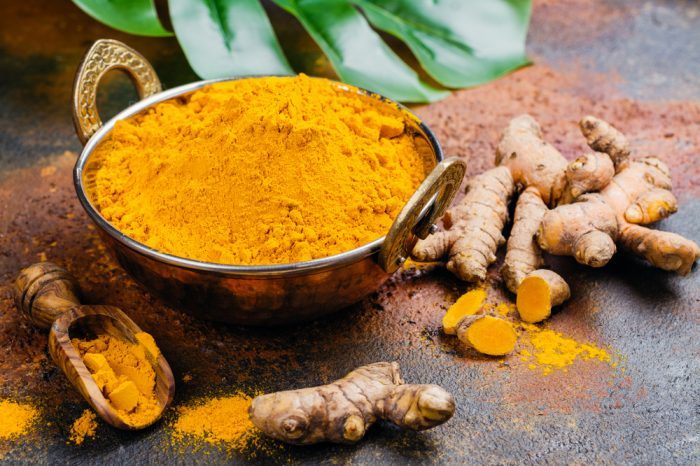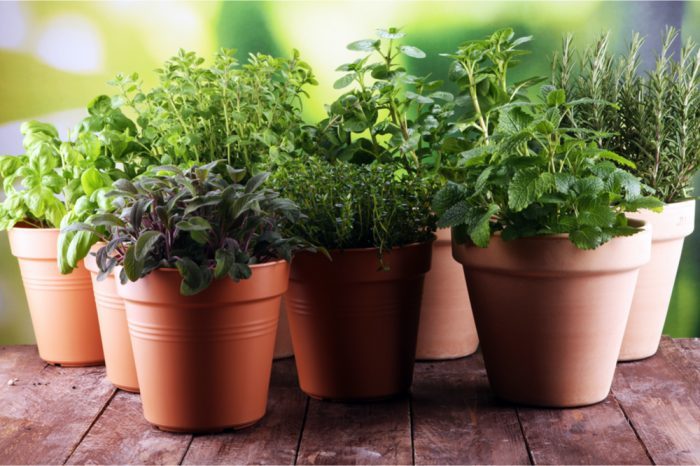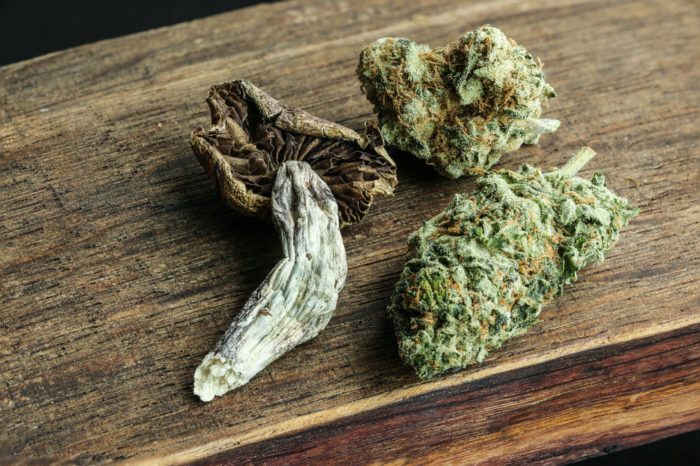Mushrooms for healing a variety of ailments is an ancient medicine now being research by modern science.
Fungi have long been a part of traditional medicine. In fact, all around the world, cultures have worked with mushrooms for healing a wide variety of conditions. Today, modern research is backing up these ancient practices, showing us that many fungi have remarkable healing properties.
Importantly, for anyone new to the world of medicinal mushrooms, where should you start? Basically, there are three incredible mushrooms you want to incorporate into your daily routine and these are:
- Turkey Tail
- Lions Mane
- Reishi
A Note on Foraging for Medicinal Mushrooms
In the wise words of Terry Pratchett, a beloved English writer, “All Fungi are edible. Some fungi are only edible once.” This is an important caveat! Additionally, while many of the medicinal mushrooms highlighted below grow in the woods across North America, new foragers should proceed with caution and ALWAYS go with an experienced forager.
With certainty many species of mushrooms are poisonous, and a few are deadly! Essentially, even mycologists have trouble differentiating some species without genetic analysis. So, undoubtedly, new foragers should always arm themselves with a guide when first starting out.
Also, you could take a foraging class in your area, or join a mushroom identification group on Facebook, and even invest in a few ID books. Do not forage without tagging along with an expert first.
Three Mushrooms for Healing
1. Turkey Tail (Trametes versicolor)
Turkey Tail, or Trametes versicolor, is one of the most commonly foraged medicinal mushrooms in North America and similar climate areas. It gets its name from the shape and colours, which resemble the tail of a wild turkey. These are fan-shaped fungi, with grey, purple, black, brown, or even blueish stripes.
When it comes to mushrooms for healing, Turkey Tail is well established in medicinal lore and modern science. The beneficial polysaccharide constituents of Trametes versicolor have already gone through clinical trials for several cancers, including breast cancer.
As concluded in the Phase 1 Clinical Trial, a Trametes versicolor, “preparation may improve immune status in immunocompromised breast cancer patients following standard primary oncologic treatment.” [1]Torkelson, C. J., Sweet, E., Martzen, M. R., Sasagawa, M., Wenner, C. A., Gay, J., Putiri, A., & Standish, L. J. (2012). Phase 1 Clinical Trial of Trametes Versicolor in Women with Breast Cancer. … Continue reading
How to Use Turkey Tail
This colourful species has a tough, rigid leather texture and isn’t very appealing as an edible. Instead, it’s steeped in teas or its medicinal compounds extracted into tinctures and pharmaceuticals.
Foraging Turkey Tail
Turkey Tails are prolific and can be found well beyond the regular fall fungi season. Specifically, they grow on dead or dying hardwoods (so avoid imposters growing on conifers). Further, they grow shelf-like in groups, with an underside pore layer (no gills). While they have few problematic look-alikes, always confirm ID with an expert.
2. Lion’s Mane (Hericium erinaceus)
Perhaps one of the most fantastic fungi in North America, Lion’s Mane is a powerful brain-boosting mushroom. Surprisingly. these are widely available in natural health food stores and in supplements. Lion’s Mane encourages the production of nerve growth bioprotein, and this promotes neuroplasticity. [2]Lai, P. L., Naidu, M., Sabaratnam, V., Wong, K. H., David, R. P., Kuppusamy, U. R., Abdullah, N., & Malek, S. N. (2013). Neurotrophic properties of the Lion’s mane medicinal mushroom, … Continue reading
Other research into Hericium erinaceus suggests it may help with mood disorders. According to a 2019 paper in Evidence-Based Alternative Medicine, “Eight weeks of oral H. Erinaceus supplementation decreased depression, anxiety, and sleep disorders,” among patients who were overweight or obese. [3]Vigna, L., Morelli, F., Agnelli, G. M., Napolitano, F., Ratto, D., Occhinegro, A., Di Iorio, C., Savino, E., Girometta, C., Brandalise, F., & Rossi, P. (2019). Hericium Erinaceus Improves Mood … Continue reading
How to Use Lion’s Mane
Thankfully Lion’s Mane is one of the few medicinal fungi that are easy to cultivate. Without doubt, Lion’s mane is excellent as a meat-alternative – delicious fried, battered, and gently stewed. Medicinally, look for dried powders and extracts to add to smoothies, teas, and capsules.
Foraging for Lions Mane
Without a doubt, finding a Lion’s Mane in the woods requires a stroke of luck. Still, it is common to the woodlands of North America. Basically, look for hardwoods with open wounds. This fungi fruits before the season turns cold. It is a soft, spongy fungus that can reach over a foot wide and several pounds when freshly harvested.
3. Reishi (Ganoderma lucidum)
In Traditional Chinese Medicine, reishi is the “Immortal Mushroom” with over 2000 years of documented history. While it is already a popular supplement in the health and wellness industry, now the science is here to back it up.
In “Herbal Medicine: Biomolecular and Clinical Aspects,” an entire chapter has been dedicated to the medicinal properties of reishi. Further, as per the scholars, Ganoderma lucidum has immunomodulatory effects, anti-cancer properties, and is antioxidant-rich. Research also indicates it could soothe gastric and liver injury and be of use for treating the symptoms of diabetes. [4]Wachtel-Galor, S., Buswell, J., & Benzie, I. (2011). Chapter 9Ganoderma lucidum (Lingzhi or Reishi). In 1169620385 877237998 J. Yuen (Ed.), Herbal Medicine: Biomolecular and Clinical Aspects. … Continue reading
How to Use Reishi
Unfortunately, Reishi is much too woody to be eaten raw or unprocessed. But, it can be cultivated and is now easily found in powder, extract, capsule and tea forms. Generally, if using dried reishi, steep in hot water and add honey to make a medicinal tea. Additionally, powders and extracts may be added into smoothies or taken directly.
Foraging for Reishi
Ganoderma lucidum is an Asiatic species, but North America does have several related species, including the Western Varnished Conk. Fortunately, many varnished Ganoderma species contain the same medicinal compounds as traditional reishi. In addition, they grow on dead or dying conifers with a hard, shiny surface.
Mushrooms for Healing in Your Diet
From the brain-boosting powers of Lion’s Mane to the anti-cancer compounds found in Turkey Tail, mushrooms offer remarkable medicinal benefits. While mushrooms have been used for centuries for healing, research is still relatively new.
The added benefit of these fantastic fungi is how easy they are to find — both in the woods and from cultivated sources. Further, if you are an experienced forager, you can go into the forest and collect your own mushrooms for healing.
References








